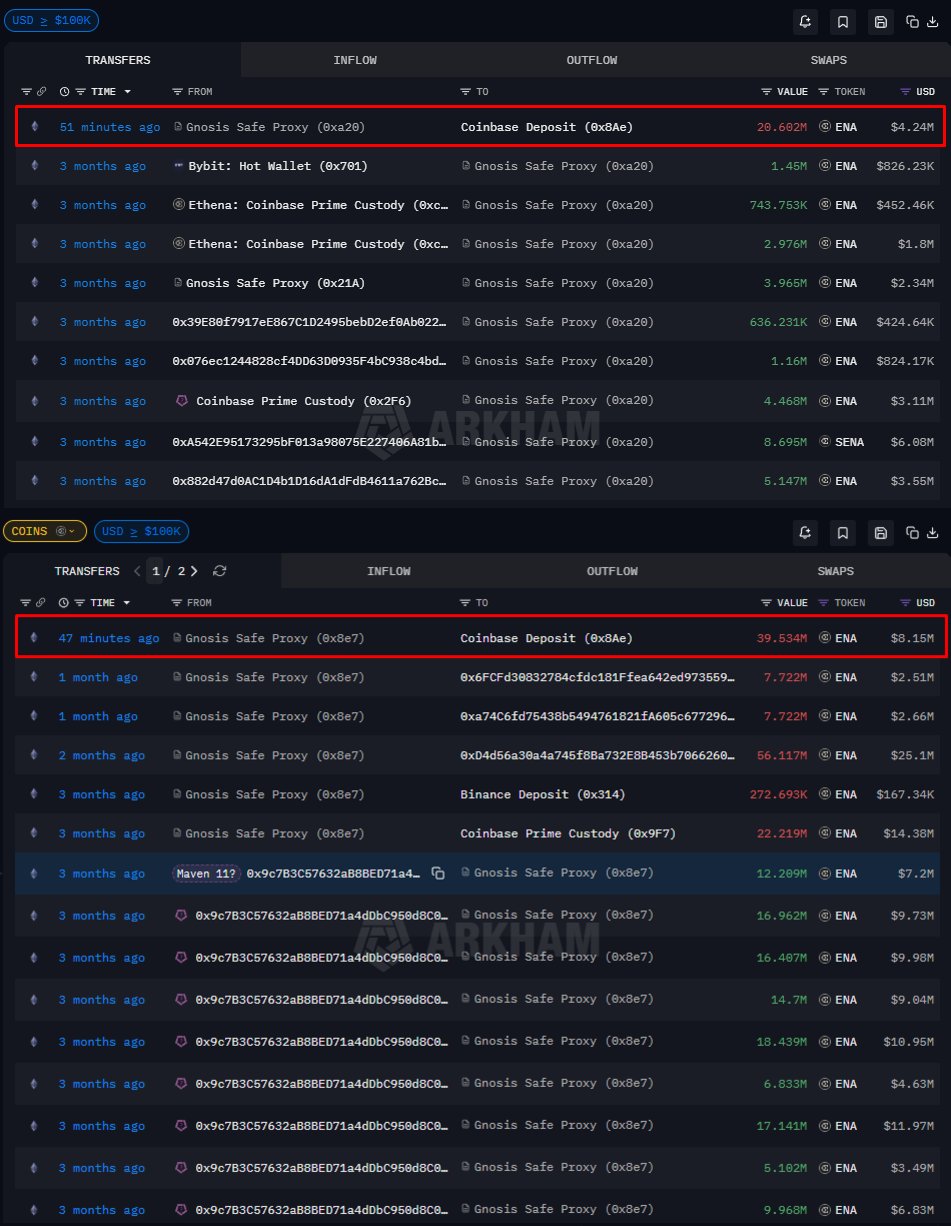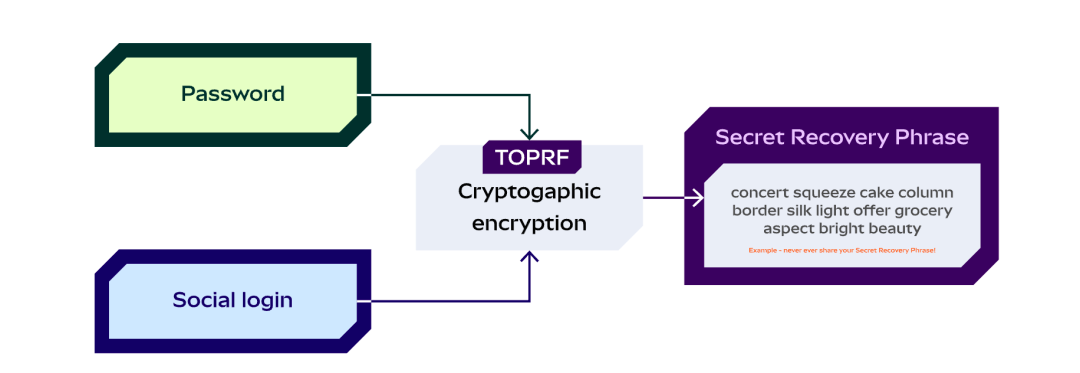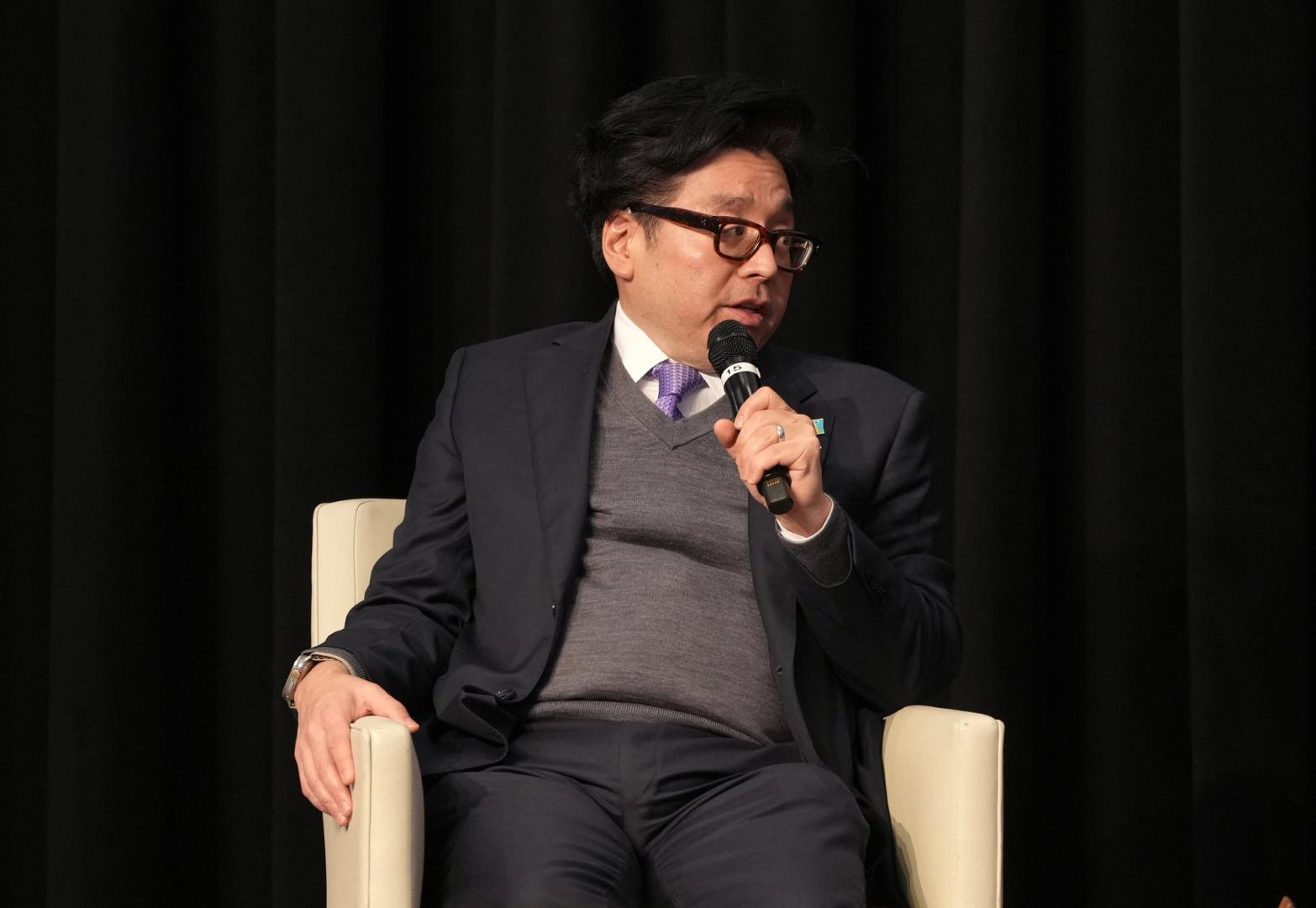The EU's Strategic Shift to Public Blockchains for a Digital Euro: A Geopolitical and Financial Power Play
- EU adopts Ethereum/Solana for digital euro to counter dollar stablecoins and China's yuan, reshaping global monetary power. - Public blockchains enable programmable, interoperable euro via smart contracts and high-throughput transactions, challenging centralized systems. - ECB's hybrid model balances blockchain transparency with GDPR compliance, addressing scalability and governance challenges in CBDC development. - Investors gain opportunities in Layer-2 scaling, cross-chain infrastructure, and DeFi int
The European Union's pivot toward public blockchains like Ethereum and Solana for its digital euro initiative marks a seismic shift in global monetary power. This move is not merely a technical upgrade but a calculated geopolitical maneuver to counter U.S. dollar-backed stablecoins and China's digital yuan, while asserting the euro's relevance in a tokenized future. For investors, this represents a long-term opportunity to capitalize on the convergence of blockchain infrastructure, decentralized finance (DeFi), and institutional-grade digital asset ecosystems.
Geopolitical Context: Countering Dollar Dominance and Digital Yuan Ambitions
The U.S. GENIUS Act, which regulates the $288 billion stablecoin sector, has intensified European concerns about the dollar's grip on cross-border payments. ECB Executive Board member Piero Cipollone has warned that widespread adoption of dollar-pegged tokens like USDT and USDC could erode the euro's role in global finance, siphoning deposits and customer data from European banks. Meanwhile, China's digital yuan project, with its state-controlled infrastructure, poses a parallel threat to the EU's financial autonomy.
By adopting public blockchains, the EU aims to create a programmable, interoperable digital euro that can compete with these systems. Ethereum's smart contract capabilities and Solana's high-throughput, low-cost transactions offer a blueprint for a digital euro that integrates with DeFi platforms, tokenized assets, and global wallets. This shift is not just about efficiency—it's about reclaiming strategic control over digital financial infrastructure.
Technical and Strategic Shift: Public Blockchains as Institutional-Grade Infrastructure
The ECB's exploration of public blockchains reflects a recognition of their inherent advantages: open access, global interoperability, and integration with decentralized ecosystems. Ethereum's mature developer community and Solana's performance metrics position them as ideal candidates for a digital euro that can scale to consumer-level transactions while maintaining programmability.
However, challenges remain. Public blockchains' transparency clashes with GDPR requirements for data erasure and anonymity. Technical hurdles, such as Ethereum's scalability issues and Solana's past reliability problems, must be addressed. Yet, the ECB's hybrid approach—combining public blockchain features with state-controlled governance—signals a pragmatic path forward. This model could redefine central bank digital currencies (CBDCs) as sovereign yet decentralized assets, bridging the gap between institutional finance and the crypto economy.
Investment Opportunities: Blockchain Infrastructure and DeFi Interoperability
The EU's digital euro project is catalyzing demand for three key areas of blockchain infrastructure:
Layer-2 Scaling and Privacy Protocols
Ethereum's Layer-2 solutions, such as ZK-Rollups (e.g., StarkWare, zkSync), are critical for enabling high-volume, privacy-preserving transactions. These technologies align with the ECB's need for GDPR-compliant anonymity while maintaining scalability. Investors should monitor companies developing zero-knowledge proofs (ZKPs) and privacy-focused protocols, as they are likely to benefit from the digital euro's adoption.Staking and Yield Infrastructure
As the digital euro evolves into a programmable asset, liquid staking derivatives (LSDs) and yield infrastructure will gain traction. Solana's high-throughput network and Ethereum's DeFi maturity are attracting institutional capital through protocols like Rocket Pool and Lido. Cross-chain staking solutions that enable capital deployment across both ecosystems could become a cornerstone of the digital euro's financial architecture.Cross-Chain Interoperability and Institutional Infrastructure
The digital euro's success hinges on its ability to interoperate with global systems. Cross-chain bridges (e.g., Wormhole, Chainlink CCIP) and institutional-grade cybersecurity platforms (e.g., Fireblocks, Chainalysis) will be essential for ensuring seamless asset transfers and regulatory compliance. These technologies are poised to become critical infrastructure for the EU's digital financial ecosystem.
Risks and Challenges
While the EU's strategy is compelling, risks persist. Privacy concerns under GDPR could delay implementation, and public blockchain governance models may complicate regulatory oversight. Additionally, technical limitations of Ethereum and Solana—such as scalability bottlenecks—require further innovation. Investors should also consider geopolitical variables, including U.S. policies that may restrict public CBDCs or impose trade barriers on European blockchain projects.
Conclusion: A Strategic Reimagining of Money
The EU's digital euro initiative is more than a financial project—it's a reimagining of money in the digital age. By leveraging public blockchains, the EU is positioning itself as a leader in digital finance innovation, countering U.S. and Chinese dominance while fostering a new era of interoperable, programmable money. For investors, this represents a unique opportunity to align with the infrastructure underpinning Europe's financial sovereignty.
As the ECB prepares to finalize its decision by the end of 2025, the next 12 months will be pivotal. Those who invest in blockchain infrastructure, DeFi interoperability, and institutional-grade solutions today may reap substantial rewards as the digital euro transitions from concept to reality. The future of money is decentralized—and Europe is betting on it.
Disclaimer: The content of this article solely reflects the author's opinion and does not represent the platform in any capacity. This article is not intended to serve as a reference for making investment decisions.
You may also like
Can Ethena hold $0.20 after 101M ENA flood exchanges?

Galaxy Digital, Which Manages Billions of Dollars, Reveals Its Bitcoin, Ethereum, and Solana Predictions for 2026
A Brief History of Blockchain Wallets and the 2025 Market Landscape

Tom Lee responds to X's debate with Fundstrat over differing bitcoin outlooks
